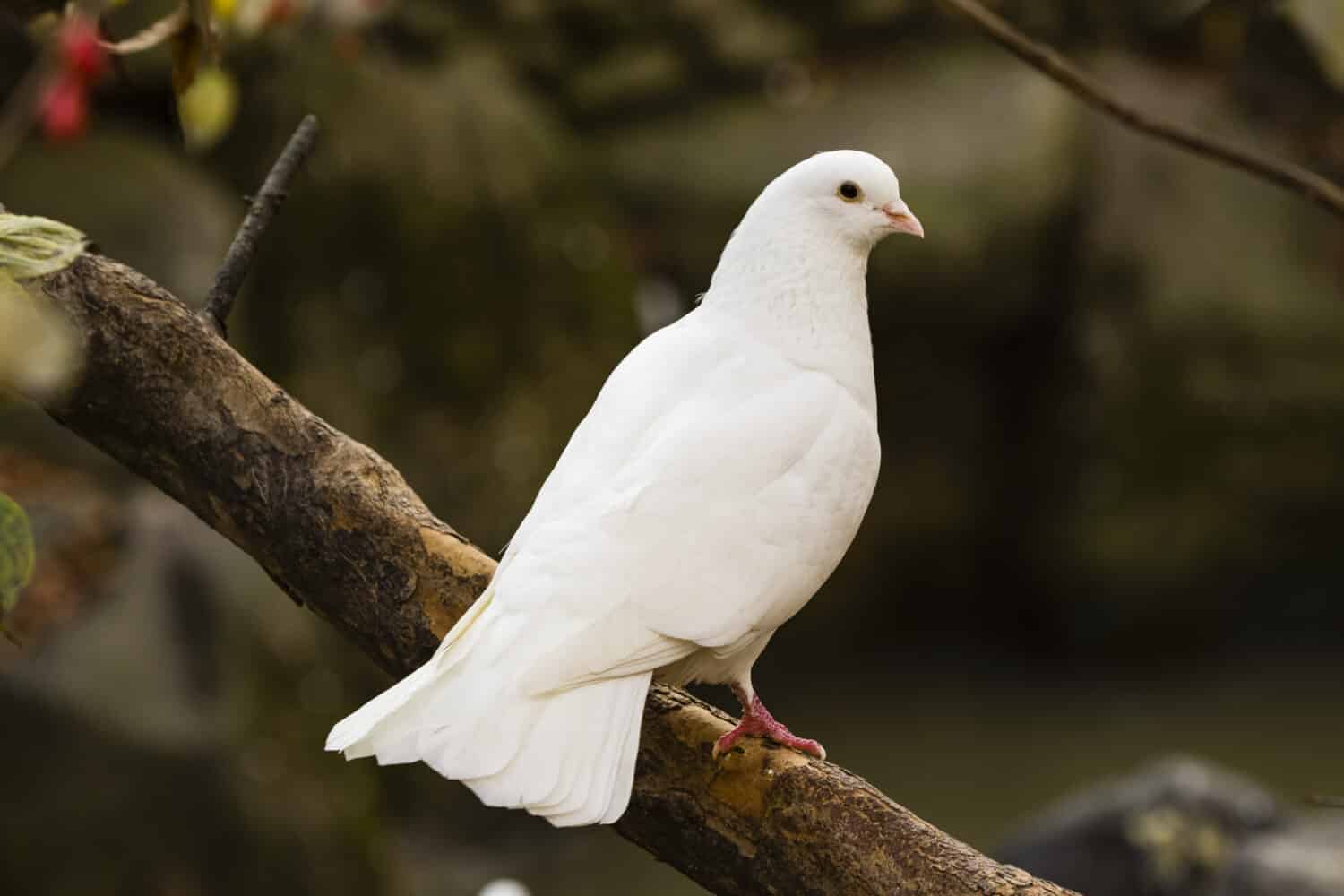In today’s world, the dove is a well-known symbol of peace, especially when it is depicted carrying an olive branch. Many cultures see this bird as a symbol of peace and innocence. To the ancient Greeks, it was a symbol of love and renewal. In ancient Japan, a dove carrying a sword was symbolic of peace restored after war. The dove is also one of the most potent symbols in the Bible, as it represents not only peace and innocence but the Holy Spirit, one of the three divine persons of the Trinity. This article explores the significance and symbolism of doves in the Bible.
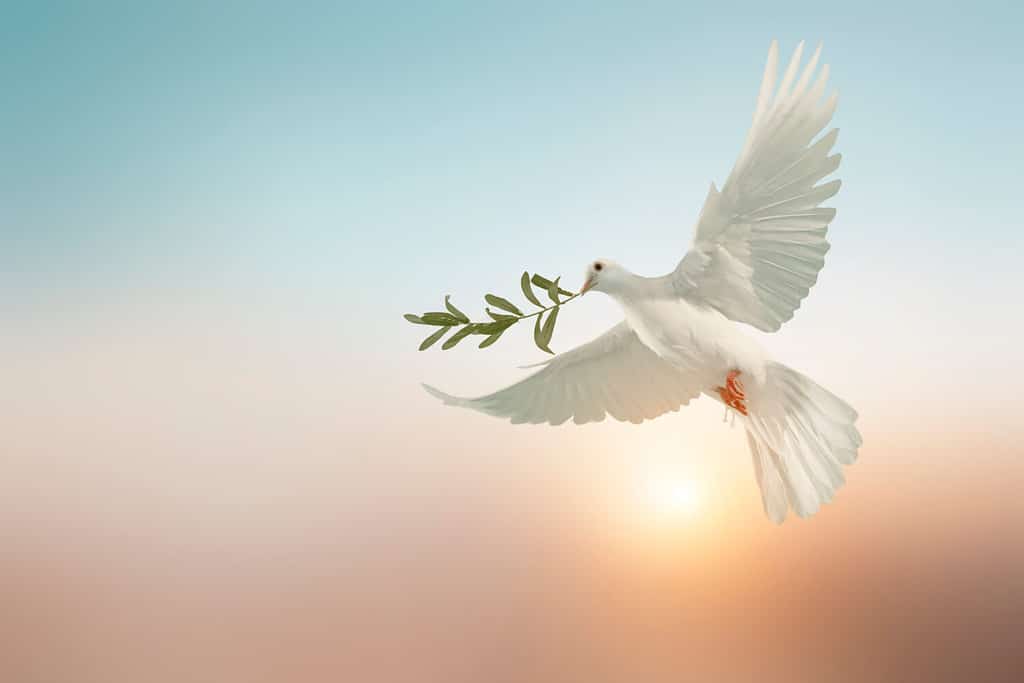
A white dove carrying an olive branch is an ancient and well-known symbol of peace.
©LittlePerfectStock/Shutterstock.com
What Are Doves?
Doves and pigeons are closely related species of birds. They both belong to a family known as Columbidae, which comprises about 344 species on six continents. In English, smaller species are often called doves, and larger ones are referred to as pigeons. Typically, the iconic image of a dove is a pure white bird, while we think of pigeons as dingy, drab, and dirty. However, the colors of doves can range from grey, brown, and white, and some have mixed markings. The Bible distinguishes between doves and pigeons, stating that pigeons were domesticated birds, but doves were wild and migratory.
Doves make a gentle cooing sound, and some species mate for life. They’re sometimes released at weddings as a symbol of love. Doves are also used as game birds by sport hunters. They can be a food source, not only by people of limited means but as a delicacy in fine dining. They reputedly have a mild, non-gamey flavor.
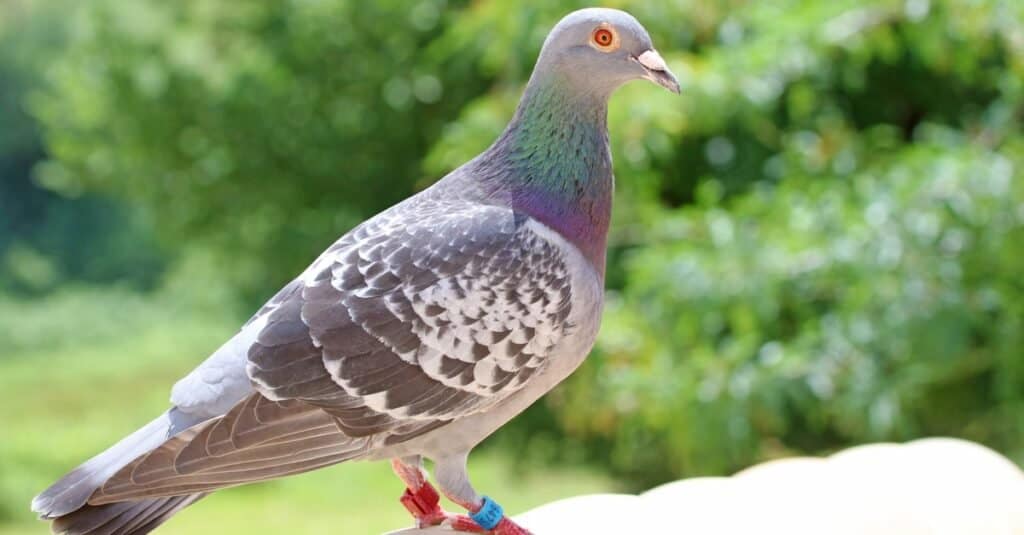
Pigeons are relatives of doves that are prolific in urban areas.
©Ruth Swan/Shutterstock.com
Doves in the Bible
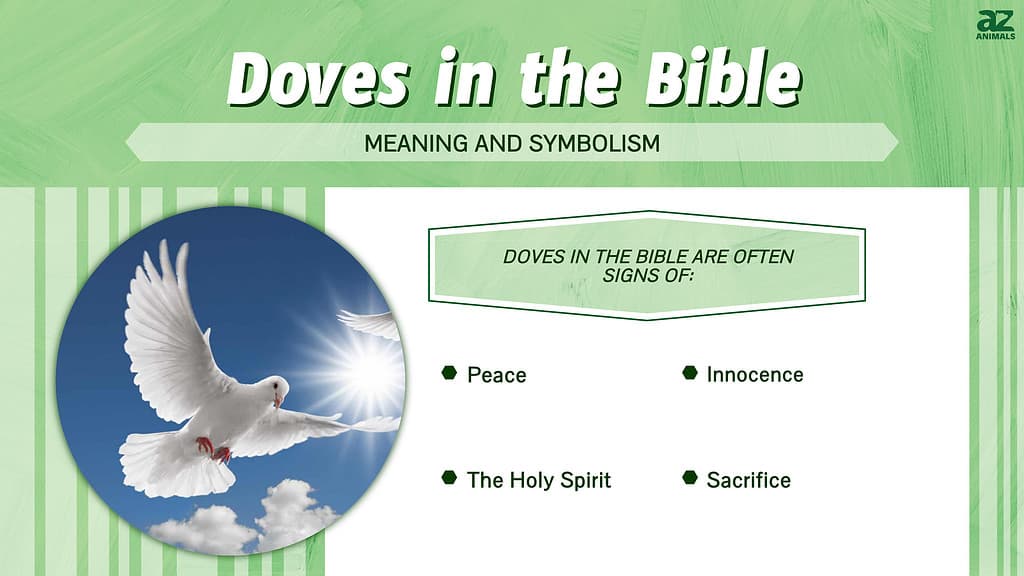
There are about 50 mentions of doves in the Bible, most of them favorable. Here are some examples:
Doves as a Symbol of Peace and Renewal
Many cultures around the world have stories of a great flood that destroys the world. One family survives in a boat, along with animals that repopulate the world when the flood abates. In the biblical version of the story, Noah’s Ark comes to rest in the mountains. Sealed inside, Noah releases birds to see if the floodwaters have abated. Finally, a dove returns with a fresh olive branch in its mouth. This alerts the family that the world is returning to normal. Moreover, because the flood was an expression of God’s anger with the people of the world, the dove and olive branch represented the restoration of peace with God.
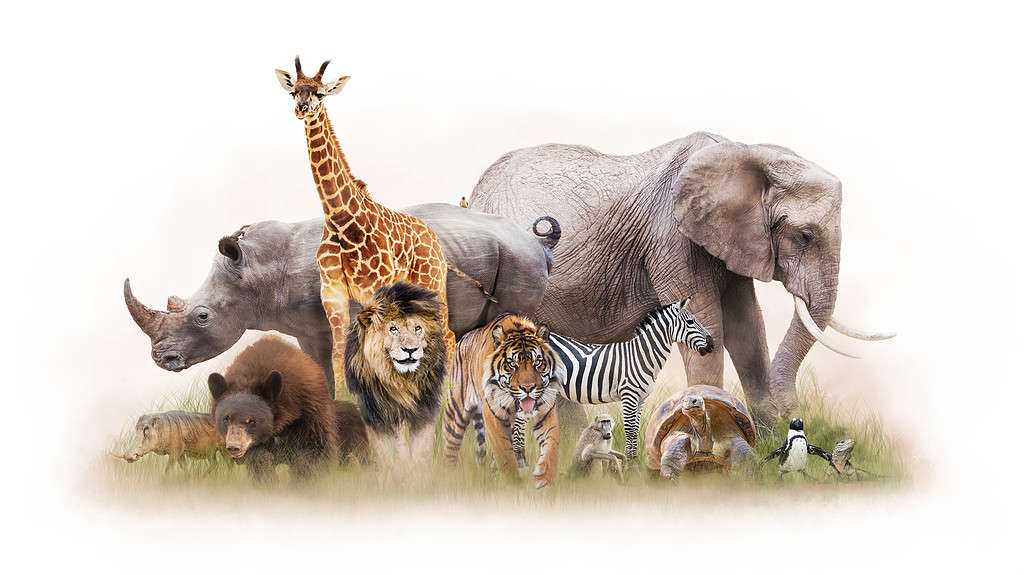
In the biblical story of Noah’s Ark, a dove returns with a fresh olive branch, a symbol of renewal.
©adogslifephoto/ via Getty Images
Doves as a Humble Sacrifice
Doves and pigeons were a kosher food for Jewish people. They were also the only type of birds that were permissible to offer to God as sacrifices. The Bible doesn’t specify why this was the case. However, they were docile birds that would sit quietly in cages and could be easily handled. Like lambs, they symbolized innocence.
After Jesus was born, his parents offered two turtledoves or pigeons at the Temple as required by the Jewish law. This symbolized purification for a woman after childbirth. It was an offering poor people could afford, rather than bringing a more expensive sheep or goat. As such, it was one of the most common types of offering brought to the temple.
A rare negative example of the use of doves in the Bible was when Jesus drove out of the Temple courts merchants who were selling doves and other sacrificial animals. Scholars suggest this was both because animals were being sold at exploitative prices, and because the market had been set up in an area of the Temple courts reserved as a place for Gentiles to worship.

When a baby was born in ancient Israel, impoverished parents would offer pigeons in a purification rite.
©iStock.com/Rachaphak
Behavior of Doves
Grief: Because of the mournful, cooing sound they make, doves in the Bible could symbolize grief. The prophet Isaiah depicts the suffering people of Israel as moaning like doves, searching for justice that eludes them. Similarly, Ezekiel describes people who have sinned mourning for what they have done.
Flying to safety: In some parts of the Bible, such as Psalms, the writer expresses the desire to fly away like a dove to a place of safety, such as the cleft of a rock in a high place.
Migration: The prophet Jeremiah said that while birds like doves and storks knew when to migrate, the people of Israel were ignorant and neglectful of what God required them to do.
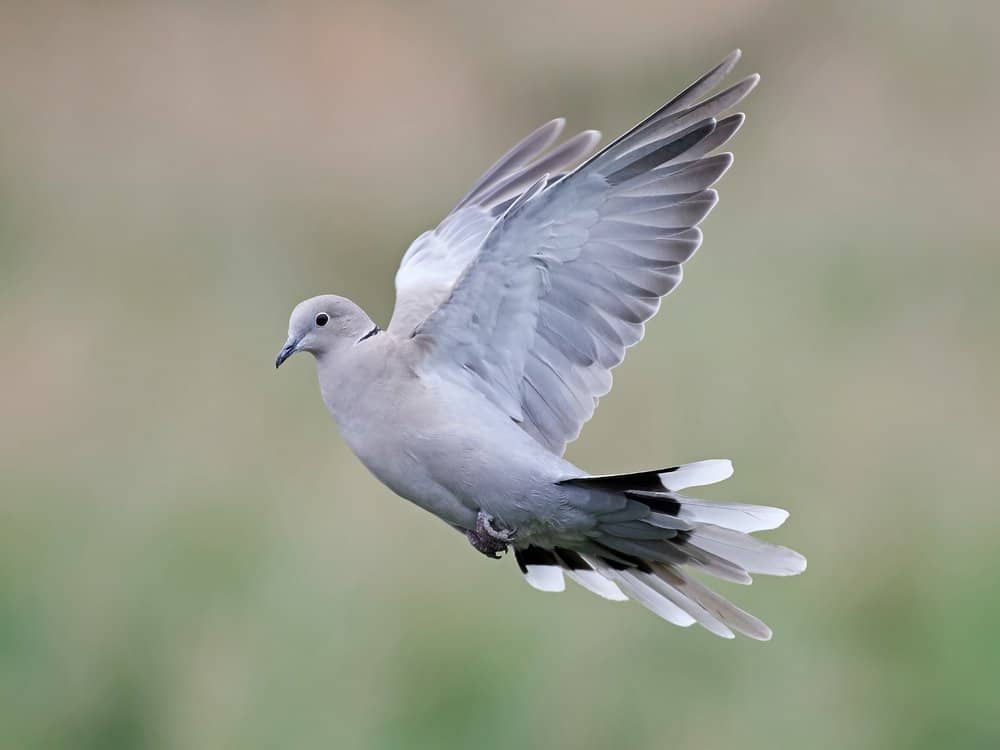
The ability of doves to fly to secure high places was a quality people in Israel envied at times of suffering.
©Dennis Jacobsen/Shutterstock.com
Characteristics of Doves
Beauty: Doves are also symbols of affection and beauty. The Song of Songs is a love poem thought to have been written by King Solomon. In it, a lover calls his beloved his “dove.” In another part of it, he says that her eyes are as beautiful as doves.
Innocence: Sometimes the Bible presents the characteristics of doves as a good example for people to follow. For example, Jesus instructed his disciples to be as “shrewd as snakes” as well as “innocent as doves.” In other words, they should not be naive about how the world works but should not participate in worldly behavior that displeases God.
Naivete: In a rare negative reference to these birds, Jeremiah criticized the Jewish people for being “senseless” and “silly” like doves. This was because they were trusting in alliances with other countries rather than God to protect them. In comparison, a domesticated dove would not struggle against a person picking them up, not realizing they were going to be sacrificed or eaten.
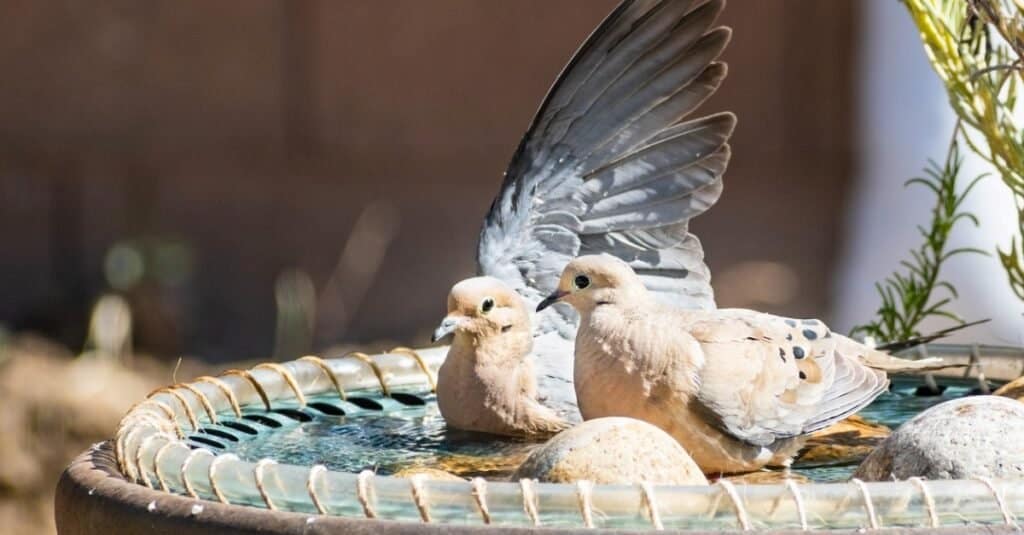
Mourning doves like these make a sad, haunting cooing sound. They embodied the emotion of grief.
©iStock.com/Sundry Photography
The Dove as a Symbol of the Holy Spirit
Christian theology has a complex view of God as a being that is one and three at the same time. The one God is made up of three “persons”: the Father, Son, and Holy Spirit. The Bible describes all three working together at Jesus’ baptism. Jesus was baptized, the Father spoke from Heaven, and the Holy Spirit descended like a dove.
In the United States today, individual believers and Christian organizations use the dove symbol in art, architecture, logos, clothing, or jewelry to symbolize the Spirit of God. However, it is a particularly popular symbol for institutions of charismatic theology. This theology holds that gifts of the Holy Spirit described in the Bible, such as speaking in tongues, healing, and giving prophecies, should still be practiced by modern Christians. Seeing a dove emblem in a stained glass window does not necessarily mean that is a charismatic institution. However, in many cases, the dove used in church letterhead and advertising does indicate a commitment to that theological perspective.

This stained-glass window in a church is centered around a dove, a symbol of the Holy Spirit.
©Larmaries/Shutterstock.com
Dove Symbolism for Non-Religious People
Clearly, the dove is a powerful religious symbol for people of Jewish or Christian beliefs. In Western culture today, though, doves are often associated with the abstract ideas of love and peace without necessarily having a religious connection. A non-religious person could include these birds in weddings or as design elements in tattoos, clothing, jewelry, or other decorative arts. Dove symbolism could initiate conversations about commitment to love, peace, and other humanitarian values.
Thank you for reading! Have some feedback for us? Contact the AZ Animals editorial team.

